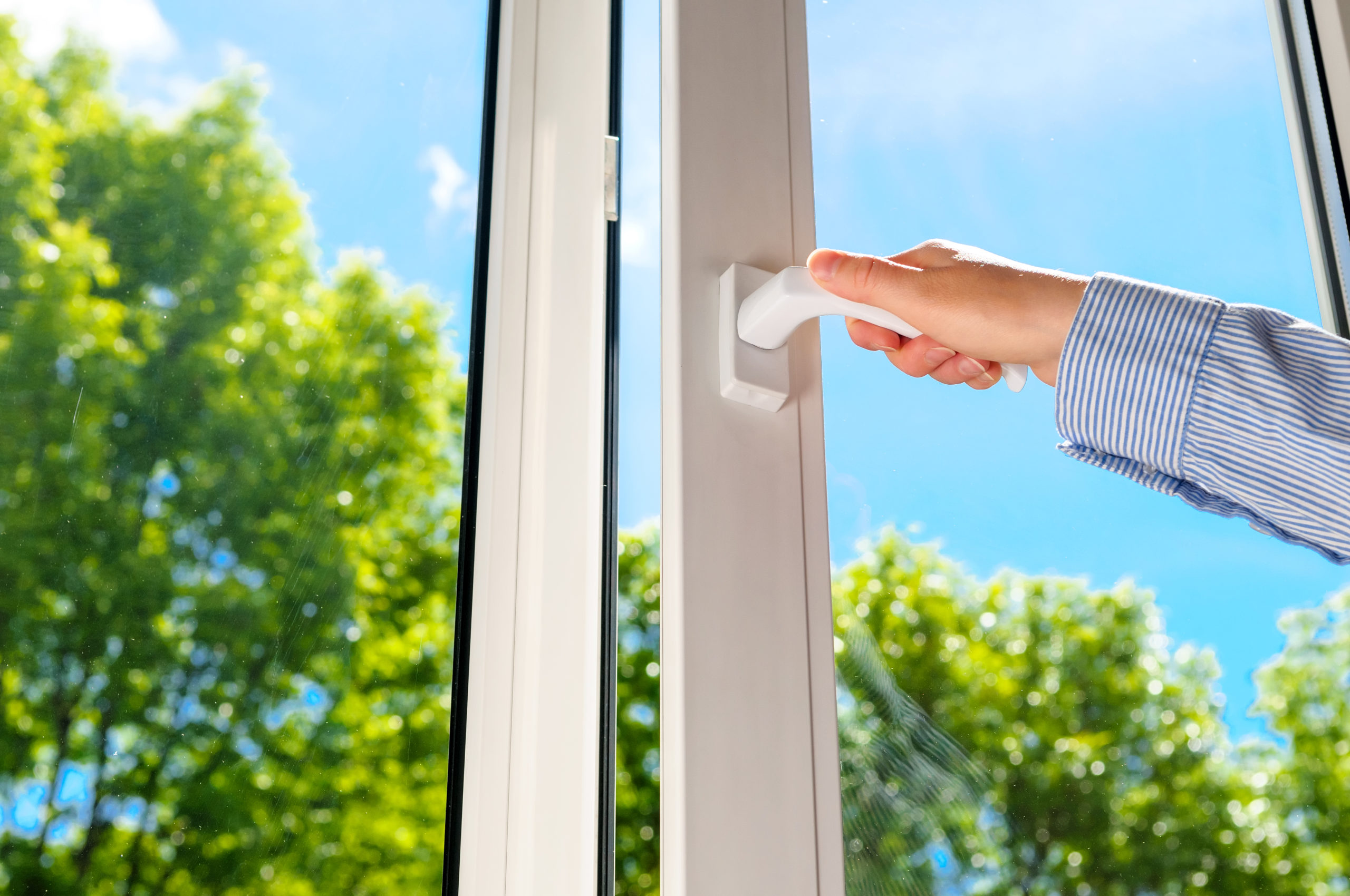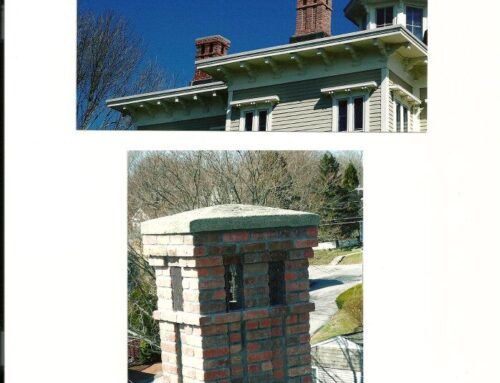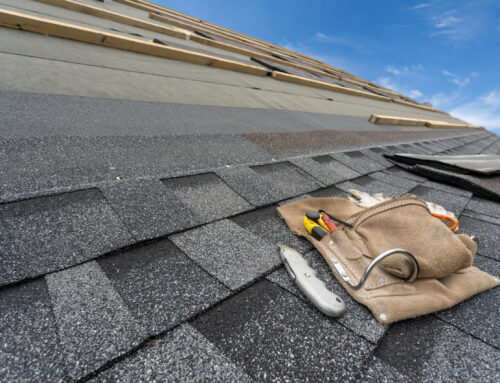Finding quality windows that can withstand the heat can be difficult and stressful. You want a window that will last a long time, not let in much heat in the daytime, but also maximize natural light. That’s harder than it sounds! Some windows don’t work as well to block the heat of the sun or keep out any ultraviolet rays, which warms up your house and leads to increased cooling costs.
Whether you’re considering a window replacement now or in the near future, here’s some advice to help you choose the right window for your home.
Buy Low-E Glass Windows
Low-E glass stands for low emissivity glass. It has a coating that helps block out a substantial portion of ultraviolet (UV) light and infrared (IR) light, while allowing the majority of visible light to pass through. Controlling and blocking IR light lessens the passage of heat through your window.
When it comes down to it, Low-E glass can help maintain your home’s temperature, and increase energy efficiency. Low-E glass windows are becoming increasingly popular, especially in hot climates, because they help to keep harmful UV light and heat out.
Consider Multi-Pane Glass Windows
Using double-pane or triple-pane glass windows can help you save energy. Why? Because between each pane various gases can be put in to create insulation. Argon is a common gas used in multi-pane windows, because it’s very efficient and affordable. These energy efficient windows help lower your heating and cooling costs.
Understand U-Factor, Solar Heat Gain Coefficient, and Visible Transmittance
Do you know what any of those terms mean? It’s okay if you don’t! Each of these terms appear on the National Fenestration Rating Council (NFRC) label on NFRC rated windows. Reputable window manufacturers rate and certify their products with these requirements. Let’s define each one of them.
U-Factor
U-Factor measures the rate of heat flow through the window. The lower the number on the NFRC label, the better the window is at keeping heat in.
Solar Heat Gain Coefficient (SHGC)
SHGC tells you how much solar heat comes through the window. The lower the number, the less solar heat comes in.
Visible Transmittance (VT)
VT is how much natural light the window lets in during the daytime. The higher the number, the more natural light you’ll get.
For hot and desert climates in the Southwest, you’ll want to look for windows that have a low U-Factor number, a low SHGC number, and a high VT number. That way, your window can let in the natural light while reducing solar heat compared to a window with a higher SHGC.





